Before smartphones, tablets, and in-car entertainment systems transformed vehicles into rolling media centers, long family road trips required creativity, patience, and sometimes a healthy dose of sibling rivalry to survive. The 1980s represented the final era of analog car entertainment—a time when keeping occupied during endless highway miles meant relying on low-tech solutions and imagination rather than digital distractions. Those childhood journeys shaped an entire generation’s capacity for both boredom and invention, as we found increasingly creative ways to pass time while confined to the vinyl and velour back seats of family wagons and sedans. Let’s take a nostalgic journey down memory lane and revisit the unexpected ways we kept ourselves entertained during those seemingly endless road trips of the 1980s.
1. The License Plate Game

Long before mobile apps gamified every aspect of daily life, we created our own competitive challenges on the highway by hunting for license plates from different states. The basic version simply involved spotting and calling out states as they appeared on passing vehicles, with the first person to spot a particular state claiming it for their list. Advanced players kept meticulously organized checklists on clipboards or notebooks, filling in each state as it was discovered and engaging in heated debates about whether someone really saw that elusive Hawaii plate at the rest stop or was just fabricating victories. EN World notes that there are other ways to play this game, making it truly versatile to this very day.
The ultimate achievement—finding all fifty states during a single road trip—became a mythical accomplishment that few families ever legitimately achieved, though many claimed to have done so. License plate bingo variations added structure to the hunt, with predetermined patterns creating additional layers of competition that could stretch across multiple days of travel. The beauty of the license plate game lay in its simplicity and accessibility—it required no equipment beyond a basic understanding of U.S. geography and sharp eyes, making it the perfect democratic entertainment for cash-strapped families who couldn’t afford more elaborate travel diversions.
2. Mad Libs
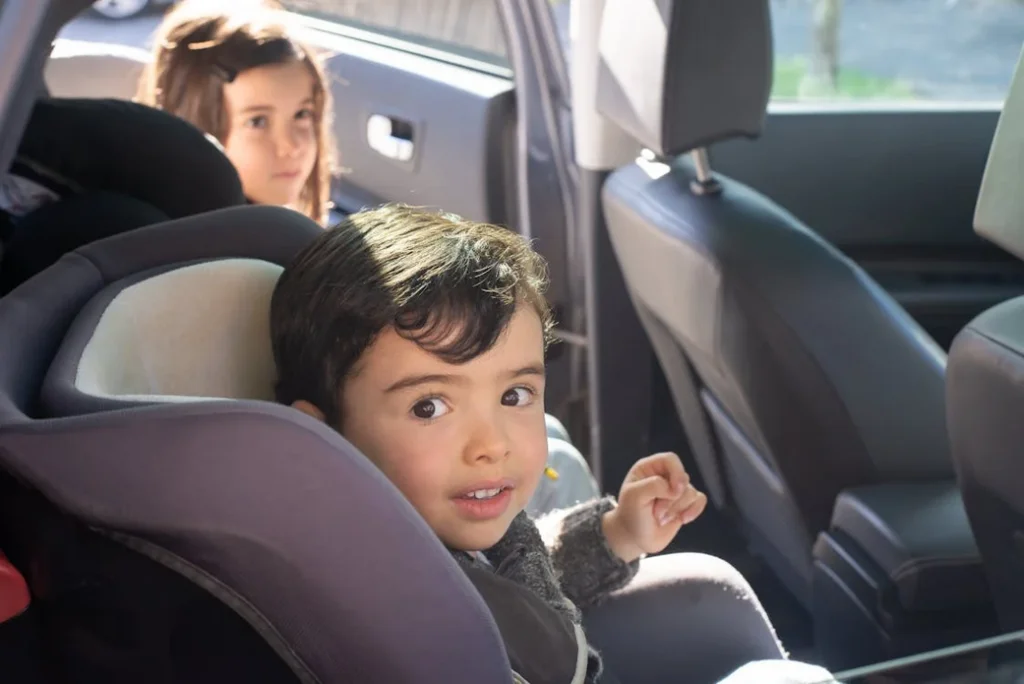
These fill-in-the-blank word games transformed routine car rides into absurdist comedy sessions as we called out random parts of speech without knowing the context in which they’d be used. The Mad Libs formula was brilliantly simple: one person (usually a parent driving) would ask for specific grammar elements—nouns, verbs, adjectives, adverbs—while the other passengers supplied increasingly ridiculous options without seeing the underlying story. The resulting nonsensical narratives, when finally read aloud, reliably produced the kind of uncontrollable laughter that made even the most tedious stretches of highway bearable. The Atlantic explores a history of this game that’s shockingly relatable on multiple levels.
Mad Libs’ genius lay in their ability to be simultaneously educational and subversive, teaching parts of speech while encouraging the insertion of words that might otherwise earn a scolding in everyday conversation. Parents generally permitted bathroom humor words that would be inappropriate in other contexts, tacitly acknowledging that the monotony of long drives required special entertainment concessions. A well-worn Mad Libs book became a prized possession on family vacations, with dog-eared pages and pencil marks documenting the evolution of each child’s humor from innocent silliness to increasingly sophisticated wordplay as they grew older and discovered the comic potential of strategic word choices.
3. Punch Buggy / Slug Bug
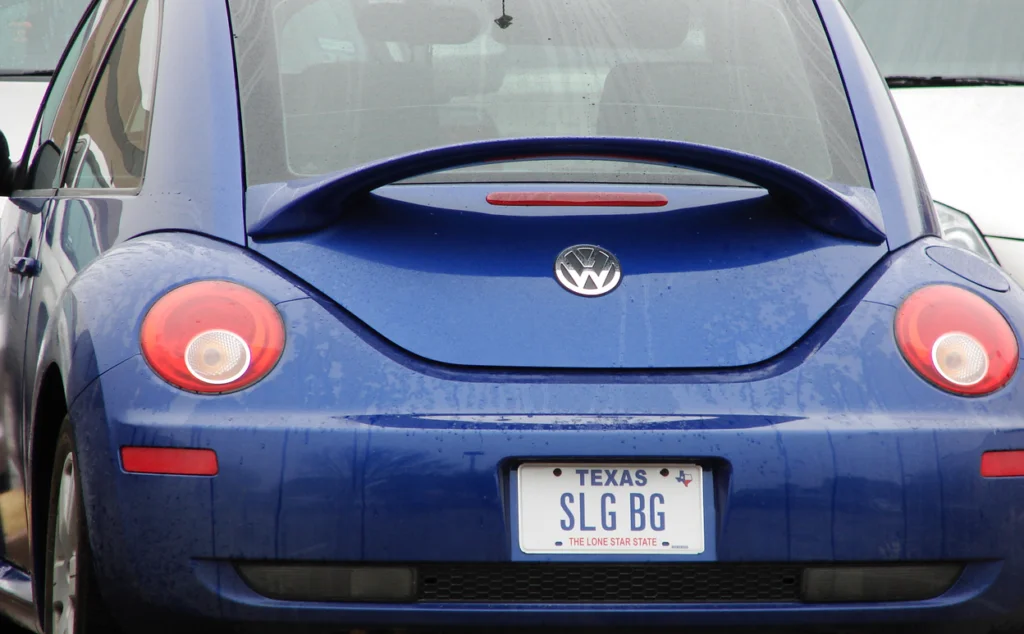
This combination game and socially acceptable form of sibling violence centered around spotting Volkswagen Beetles on the road, with the first person to see one earning the right to punch a fellow passenger while shouting “Punch buggy!” or “Slug bug!” followed by the car’s color. The game’s simple rules created a state of constant vigilance among backseat passengers, with children scanning the horizon for the distinctive rounded silhouette of the classic Beetle. Regional variations added complexity with special categories for convertible Beetles (worth two punches) or multipliers for rare colors like pink or purple. Carsales goes over the particular of the rules behind this whimsical game, so potential players know how to keep it professional.
Parents’ tolerance for this barely-contained violence varied widely, with some families implementing “touch” or “tap” systems instead of actual punches, while others embraced the full-contact tradition with the understanding that hits should be delivered to the shoulder and with reasonable restraint. The ubiquity of Volkswagen Beetles in the American landscape during the 1980s made for frequent opportunities, though long stretches of rural driving could create lulls that lured players into complacency before a surprise Beetle appearance shattered the peace. The 1998 introduction of the New Beetle created intergenerational conflict about whether these updated models “counted,” with purists insisting only the classic air-cooled design qualified for punching privileges.
4. Travel-Size Board Games
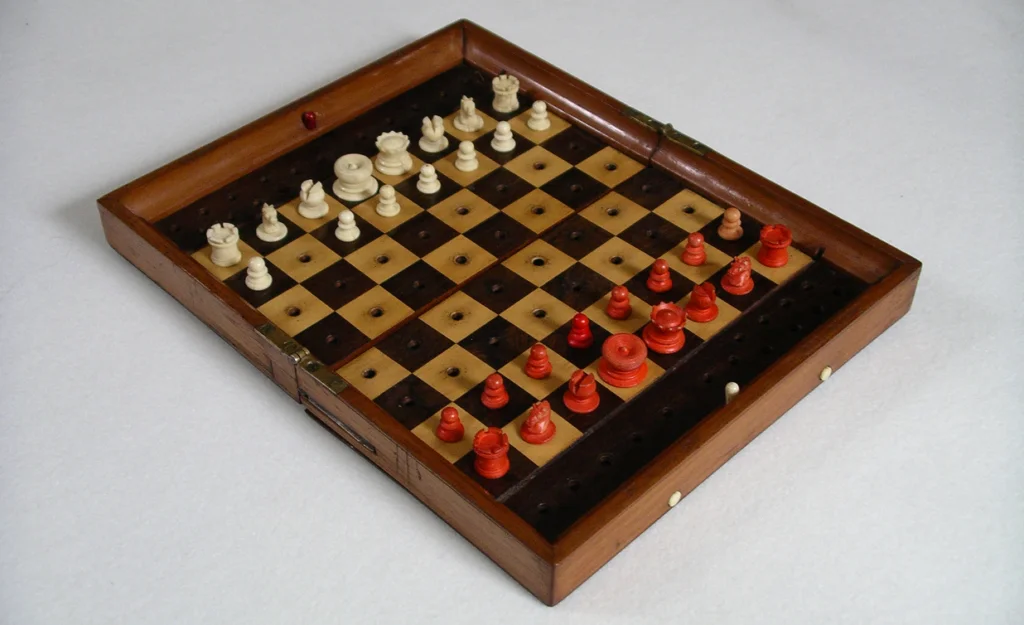
Miniaturized versions of popular board games featured tiny magnetic pieces designed to stay put during the inevitable bumps and sudden stops of highway travel. These compact entertainment systems transformed seatbacks and laps into makeshift game boards for classics like Monopoly, Scrabble, Battleship, and Connect Four, allowing siblings to engage in the same heated competitions on the road that they enjoyed at home. The packaging usually involved clever folding designs that theoretically kept all pieces contained but inevitably resulted in critical game elements disappearing into the automotive black hole between seats and center consoles.
The practical reality of these games rarely matched their advertised convenience, with cramped quarters, motion sickness, and the car’s movement creating constant frustration. Magnetic pieces that were supposedly “secure” would slide dramatically during sharp turns, erasing carefully planned Scrabble words or strategic Battleship deployments in an instant. Despite these challenges, travel games provided crucial entertainment during rainy hotel nights and restaurant waits, making them essential components of the family vacation arsenal even when their in-transit utility proved limited.
5. I Spy
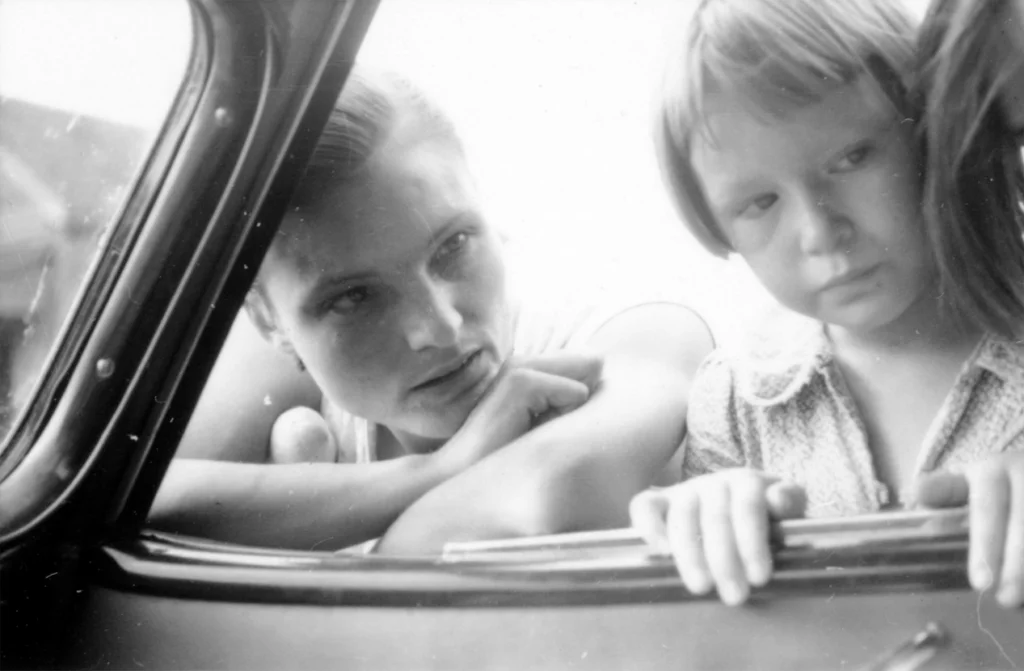
This deceptively simple observation game required no equipment beyond working eyes and basic descriptive language, making it the perfect spontaneous entertainment for even the youngest travelers. The classic format—”I spy with my little eye something that is [color]”—created an accessible guessing game that could be played across generations, with parents and children on equal footing. As players gained experience, clues evolved beyond simple colors to include shapes, first letters, and increasingly obscure attributes, transforming a basic children’s activity into a genuinely challenging deductive exercise.
The game’s only significant drawback emerged when the “spied” object was left behind by the moving vehicle before guessers could identify it, leading to frustration and occasional accusations of cheating. Savvy players learned to select relatively static elements of the landscape (distant mountains, cloud formations) or interior car features to avoid this problem, though this solution created its own challenge as the limited universe of in-car objects was quickly exhausted during longer journeys. The elegance of I Spy lay in its adaptability to both player age and journey length, with complexity scaling naturally to maintain interest whether the trip lasted thirty minutes or three days.
6. The Alphabet Game
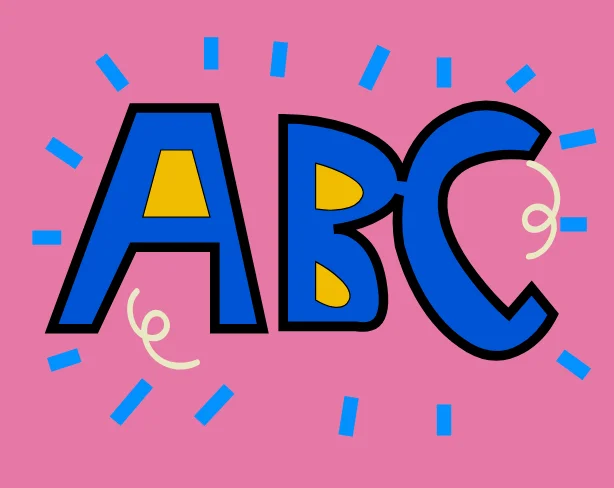
This literacy-building road trip standby challenged players to find the letters of the alphabet, in order, on signs and license plates visible from the car windows. The strict sequential requirement created natural bottlenecks around challenging letters like Q, X, and Z, with experienced players developing a mental map of reliable sources—Dairy Queen signs for Q, Exit markers for X, and Zenith TV repair shops for Z. Regional variations included rules about whether multiple letters could be claimed from a single sign, whether license plates were valid sources, and whether players worked individually or as a team against the highway landscape.
The game’s built-in difficulty spike in the second half of the alphabet created natural drama, with early letters flying by in minutes while later sections could stretch across state lines as players desperately scanned billboards and storefronts for elusive characters. The alphabet game’s enduring appeal came from its perfect balance of accessibility and challenge—simple enough for newly literate children to participate but difficult enough to engage older players, particularly when racing against siblings to spot that crucial “Quick Stop” sign before anyone else called it out. Parents appreciated its educational qualities and the quiet concentration it fostered, sometimes resulting in blissful miles of silence broken only by the occasional triumphant shout of “J on that Jersey Mike’s sign!”
7. Creating Elaborate Backstories for Other Travelers

People-watching reached creative heights during long highway journeys as bored children invented increasingly elaborate fictional lives for occupants of passing vehicles. Based on brief glimpses of strangers through car windows, we constructed complex narratives about family relationships, occupations, destinations, and secret identities, transforming mundane fellow travelers into protagonists of improvised road dramas. The game worked best on highways with moderate but steady traffic, allowing repeated observations of the same vehicles as cars leapfrogged one another through varying speeds and rest stops.
The stories grew more complex when the same car was spotted multiple times, with each sighting adding new layers to the evolving narrative—the stern-looking businessman in the blue sedan became an undercover spy on a critical mission, the laughing family in the station wagon was secretly fleeing from pursuers, and the elderly couple in the Cadillac were actually disguised aliens studying Earth customs. Parents sometimes joined in, adding their own embellishments to these impromptu character studies, creating rare moments of whole-family creative collaboration that transcended the usual generational entertainment divides. The game’s educational value lay in its development of observation skills, empathy, and narrative construction, though parents occasionally needed to moderate when children’s storytelling veered into unkind territory about appearance or perceived socioeconomic status.
8. Radio Station Roulette

The constantly changing broadcast landscape during long-distance travel transformed the car radio into a game of chance and musical discovery long before streaming algorithms curated our listening experiences. As one station gradually dissolved into static, the manual search for new channels became a expedition through America’s regional musical geography, with successful tuning celebrated like major achievements. The discovery of a clear signal playing favorite songs became a communal victory, while debates about whether to continue listening to unfamiliar genres created democratic (or dictatorial, depending on parental style) decisions about the car’s soundscape.
The joy of unexpectedly encountering a beloved song on a distant station created moments of backseat euphoria, sometimes resulting in impromptu family singing sessions that briefly transformed highway monotony into mobile concert venues. The periods between clear stations—filled with static, cross-talk, and tantalizingly partial transmissions—became sonic wastelands to be endured until the next broadcasting oasis appeared on the dial. Pre-digital radio’s geographical limitations and the physical interaction with knobs and buttons made music discovery an active adventure rather than the passive consumption experience it would later become, teaching patience and appreciation for unexpected finds.
9. The Quiet Game

Perhaps the most transparent yet surprisingly effective parental psychological operation, the quiet game transformed silence from punishment into competition through simple reframing. Parents would announce the game—often during moments of peak backseat chaos—challenging children to see who could remain silent the longest, occasionally sweetening the pot with modest rewards for the winner. Despite recognizing the obvious manipulation, children frequently engaged enthusiastically, competitive instincts overriding their awareness of being tricked into behavior modification.
The game’s effectiveness varied widely depending on sibling dynamics, with some families achieving miracle stretches of highway peace while others descended into whispered accusations of cheating within minutes. Parents deployed strategic praise for participants showing extraordinary restraint, creating positive reinforcement loops that extended the silence beyond normal child attention spans. The quiet game represents perhaps the most brilliant intersection of parental sanity preservation and children’s entertainment ever devised, creating rare win-win scenarios where adults gained precious moments of peace while children developed self-control skills and quiet observation habits that served them throughout life.
10. Find the Weirdest Thing

This improvised scavenger hunt challenged car occupants to locate and report the strangest roadside attractions, unusual vehicles, or bizarre human behaviors spotted during the journey. Unlike structured games with clear victory conditions, “Find the Weirdest Thing” operated as an ongoing competition with subjective judging, usually by parental consensus or crowd reaction measured by laughter volume. The open-ended nature created a heightened state of observation that transformed potentially boring landscape scanning into an entertaining quest for the unusual and unexpected.
The game encouraged appreciation for America’s roadside eccentricities—giant statues, oddly named businesses, inexplicable yard art, and the endless creativity of rural self-expression visible from highways. Participants developed specialized weird-spotting skills, learning to quickly identify promising visual anomalies even at highway speeds and alerting the car with practiced urgency—”GIANT CHICKEN STATUE ON THE RIGHT!”—to ensure everyone got a glimpse before it disappeared forever in the rearview mirror. Beyond mere entertainment, the weird-finding mission fostered appreciation for regional distinctiveness and the surprising diversity of American expression, making it both amusing and subtly educational.
11. The Endless Rounds of Twenty Questions

This classic deduction game required no equipment and minimal setup, making it the perfect last-resort entertainment when other options had been exhausted and “Are we there yet?” questions threatened parental sanity. The premise was elegantly simple—one player would think of something within the established category (usually animal, vegetable, or mineral), while others asked yes-or-no questions to narrow possibilities, attempting to identify the secret subject within twenty queries. The best game-masters chose items with surprising classificatory qualities that defied easy categorization, leading to delightful debates about whether specific things were technically animals, vegetables, or minerals.
The game’s beauty lay in its ability to scale in complexity based on player age and sophistication, with parents able to calibrate challenge levels by choosing appropriately difficult items for their audience. Twenty Questions taught critical thinking, logical reasoning, and efficient question formulation—why ask “Is it a dog?” when “Is it a mammal?” eliminates entire taxonomic kingdoms—while creating legitimate engagement across generations. The structured turn-taking allowed even younger siblings meaningful participation while keeping the conversation focused and purposeful during long stretches of otherwise monotonous travel.
12. Creative Automotive Adaptations of Popular TV Game Shows

Without access to buzzers, game boards, or proper equipment, we created improvised automotive versions of favorite television game shows using available resources and imagination. “Name That Tune” required players to identify songs after hearing just a few notes hummed by the designated melody-maker, while “Family Feud” posed survey questions with players trying to guess the most popular answers. “The Price Is Right” challenged children to guess the cost of gas, meals, or hotel rooms at upcoming stops, with the closest guess earning small privileges or rewards.
These adaptations required significant rule modifications but captured the essential competitive spirit of their televised inspirations, creating familiar structure for long unstructured hours on the highway. Parents often served as hosts, scorekeepers, and judges, appreciating how these games channeled children’s energy into structured activities while reinforcing educational concepts like estimation, cultural knowledge, and quick recall. The inevitable disputes over rules and scoring created their own entertainment value, with impassioned cases for point adjustments sometimes becoming more engaging than the games themselves.
13. Wave Campaigns Directed at Semi-Truck Drivers

Few highway activities generated more excitement than successfully soliciting a horn blast from a semi-truck through the universal arm-pumping gesture executed with theatrical enthusiasm from the back windows. The unwritten communication protocol between truckers and car children represented one of the highway’s most charming cross-demographic interactions, with success rates varying dramatically depending on trucker mood, highway conditions, and the persuasive power of children’s gestures. The resulting air horn blast, when achieved, produced euphoric celebration among young passengers who experienced it as a profound connection with the mysterious world of professional highway travelers.
Parents displayed widely varying tolerance for this activity, with some encouraging the roadway camaraderie while others concerned about distraction quickly shut down extensive horn campaigns. Serious practitioners developed theories about which trucks were most responsive (independent operators rather than corporate fleets) and optimal technique (sustained, enthusiastic pumping rather than halfhearted single motions). Beyond mere entertainment, these interactions created moments of human connection across the otherwise anonymous landscape of interstate travel, acknowledging the shared experience of the American highway system across age and occupational divides.
The entertainment strategies we developed during those long, technology-free journeys of the 1980s seem almost quaint by contemporary standards, yet they fostered skills modern children rarely develop—the ability to create amusement from minimal resources, tolerate boredom as a natural part of life, and find interest in the passing landscape rather than imported digital distractions. Those vinyl backseats became laboratories for creativity, sibling diplomacy, and the kind of deep observational skills that come only from having literally nothing better to do than stare out the window for hours. As today’s children travel with personalized entertainment systems delivering on-demand content, they gain convenience but perhaps miss the character-building tedium that taught previous generations to create rather than merely consume entertainment. The resourcefulness developed during those endless highway miles served us well, reminding us that sometimes the journey’s challenges create stronger memories than the destination itself.


